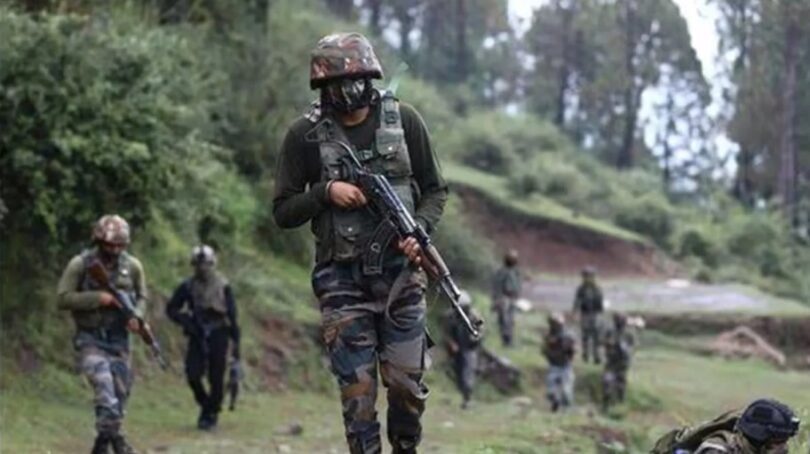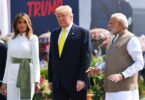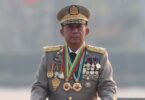India’s response to the heinous terror attack, singling out and executing 26 Hindu men, in Pahalgam on April 22, 2025 through Operation ‘Sindoor’ was covered in these columns earlier (https://www.thestrategicperspective.org/articles/indian-response-to-pahalgam-terror-attack/). Some 100 terrorists were killed in Pakistan and massive damage was inflicted on Pakistan’s air force in terms of aircraft, air AD systems and infrastructure.
The TRF (The Resistance Force), an offshoot of the Lashkar-e-Taiba (LeT), claimed responsibility for the terror strike. The world at large, the US and China included, condemned the terror attack and called for the preparators to be brought to justice. However, none (with the exception of Israel) blamed Pakistan for the Pahalgam massacre, despite India’s External Affairs Minister S Jaishankar touring multiple countries and India sending all-party delegations to 32 countries to expose Pakistan. The US branded TRF as Foreign Terrorist Organization and Specially Designated Global Terrorist, but still didn’t blame Pakistan for the Pahalgam attack (https://www.thecitizen.in/opinion/the-trf-chirrup-1163974).
Operation Sindoor was paused after 88 hours but terrorists who executed the Pahalgam massacre remained elusive. Then the mainstream media reported on July 28 that the Pahalgam massacre mastermind Suleiman (Hashim Musa) Shah, who served in Pakistan army’s Special Services Group (SSG) and later became a LeT operative, was among three Pakistani terrorists killed in a security forces operation, Operation ‘Mahadev’, spearheaded by 4 Para (Special Forces). Suleiman was coaxed by LeT chief Hafiz Saeed to join LeT and undertake terror attacks in India. Post the Pahalgam massacre, J&K Police announced Rs 20 lakh reward to anyone providing information about Musa. The striking success of gunning down Suleiman Shah coincided with the first day of the two-day debate in Parliament on Operation Sindoor’. The Army and the government did not issue any statement on Operation ‘Mahadev’ but more news kept coming in newspapers.
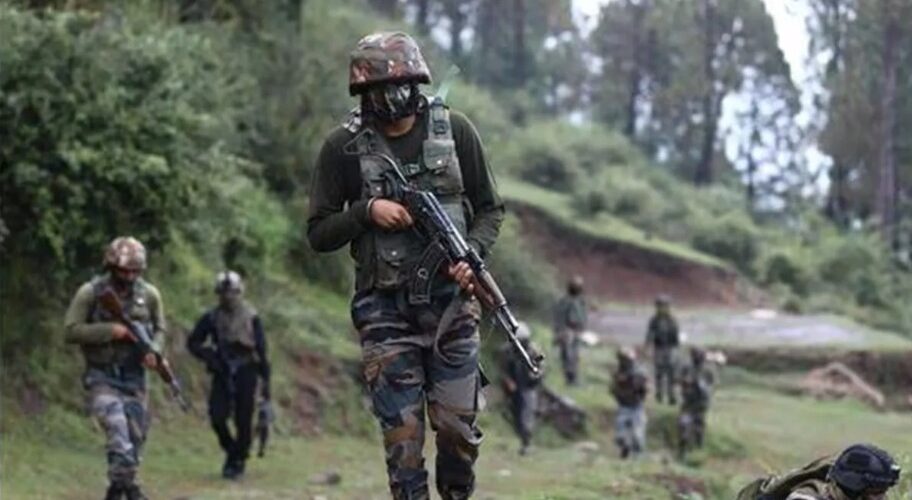
Hashim Musa had infiltrated through the Kathua–Samba sector of the IB around September 2023. He then moved through Budgam, Baramulla, Rajouri, Poonch, and Ganderbal, establishing terror networks and coordinating attacks. This was identified by security agencies through combined intelligence efforts and interrogation of overground workers. In addition to the Pahalgam massacre, Musa was suspected of being behind at least three other major attacks in 2024, including those in Ganderbal and Baramulla, where both security forces and civilians were targeted. Evidence drawn from digital intelligence and field operatives indicated his recurring presence in these flashpoints.
Operation ‘Mahadev’, a carefully orchestrated counter-terror operation, spanned over 14 days in the challenging terrains of J&K. The operation was named after Mahadev Peak, near which the terrorists were hiding. Security forces acted upon physical and electronic intelligence, establishing 24x7 surveillance over dense forests in the Mahadev region. Suspicious communication intercepts in early July and subsequent intelligence pointed to the use of Chinese ultra radio technology; encrypted messaging (WY SMS) favoured by the LeT. The LeT and Jaish-e-Mohammed (JeM) militants were tracked meticulously for two weeks before a precise strike was carried out. Upon confirming the location, security forces homed on to Dachigam forests, an area known for its difficult terrain and altitude where the terrorists were believed hiding.
The final encounter took place in the Mulnar area of Harwan, with security forces isolating the hideout. After a fierce firefight, 4 Para (Special Forces) killed the three high-value Pakistani terrorists. The other two terrorists were identified as Abu Hamza and Tahir Habib, former Pakistan army soldier and LeT operative, Recoveries from the well-fortified forest hideout included AK-47 rifles, carbines, 17 rifle grenades and other arms. The tell-tale signs in the hideout indicated the terrorists were preparing for another major strike.
Proof of Pakistan behind the Pahalgam massacre came from within Pakistan, the 'Janaza-Ghaib’ (funeral in absentia) of Tahir Habib killed in Operation ‘Mahadev’ was performed in his village Khai Gala in Rawalkote (POK). When the local LeT commander Rizwan Hanif tried to join the funeral, Tahir's family members barred LeT members; a confrontation took place when Hanif insisted to join the funeral (https://www.youtube.com/watch?v=lHPFAsF6TVw). Tahir was associated with the Islami Jamiat Talaba (IJT) and the Student Liberation Front (SLF) before joining the Pakistan army. He was a category 'A' terrorist wanted by India.
Pakistan claimed victory in Operation Sindoor; victory processions were held in many cities despite the losses suffered. New Delhi hasn’t disclosed any of its losses in men and aircraft but Indian intelligence agencies were unaware Pakistan’s Nur Khan airbase is under American control, US nukes are stored in the vicinity of Nur Khan and Kirana Hills, and Muridke was vacated by terrorists before Operation Sindoor was launched. Not targeting Pakistan’s AD systems in the first wave of attack, enabled Pakistan to target our aircraft. Operation ‘Mahadev’ no doubt was a splendid success, showcasing the professionalism of India’s security forces, especially the clinical operation by 4 Para (Special Forces) which deserve special acclaim.
It is said the Pahalgam massacre was fully avenged with Operation ‘Mahadev’. This may be true to a certain extent, but not totally; when viewed in the following backdrop: about 100 Pakistani terrorists killed in Operation Sindor compared to madrassas in Pakistan churning out thousands of Islamic radicals annually, terrorism a profession for Pakistan’s booming youth population, while India didn’t even target the ISI HQ – nerve centre of terrorism; supported by the US-China, Pakistan will unlikely give up proxy war on India, with the US targeting Indian economy, plus CIA operations in Bangladesh and Myanmar - not surprising counter-terrorist operations continue in J&K; Operation Sindoor’ is paused and Prime Minister Narendra Modi recently said in Varanasi that Pakistani terrorists will be responded to with indigenous weaponry – but will a repeat of Operation ‘Sindoor’ put the brakes on Pakistan terrorism, and what will be the response from the US and China if their assets in Pakistan get hit?
Terrorism cannot survive without local support and every terrorist attack in J&K (including the Pahalgam massacre) had local conspirators. But can the Centre, Home Ministry, State Administration, State Police, State Intelligence and Intelligence Bureau (IB) absolve themselves of this massive security and intelligence failure – who ordered lifting of the security cover in Pahalgam? Irrespective of J&K Lt. Governor taking responsibility for the failure 82 days after the massacre, unless officials responsible are identified and action taken, recurrence can hardly be ruled out.
India’s response to Pakistan’s proxy war is best described as “hiccupping”; one surgical strike in response to 19 army soldiers killed at Uri on September 18, 2016 by JeM terrorists; standoff airstrike in Balakot in response to the 2019 Pulwama car-bombing killing 40 CRPF personnel; operations ‘Sindoor’ and ‘Mahadev’ in response to 26 Hindus killed in Pahalgam. Response to other Pakistan-sponsored terrorist attacks were primarily rhetoric or at best on our side of the border. The biggest stupidity was a Pakistani delegation escorted our NSA himself to the Pathankot air base after Pakistani terrorists struck that IAF air base.
India must be consistent in responding to Pakistani terrorism on an immediate basis. Limited proactive response by way of above-mentioned actions in 14 years cannot suffice. Poor/failing economy does not matter to radical Islamist countries like Pakistan, Afghanistan and Bangladesh. Reports keep coming of the assembly of terrorists in cross-border launch pads in POK. These must be kept under surveillance and struck with drones and standoff weapons based on intelligence and electronic inputs. The joke about free hand to the army has been stretched too long by the political hierarchy. If this was the case, we may have had 20 strikes inside POK in the last 14 years, not one surgical strike. The military needs to be told the end state required and the wherewithal provided for it; not how the operations should be conducted – which has become the norm.
Islamic terrorists are brainwashed that killings by them ensures passage to heaven, where 72 virgins would be waiting for them. But they also believe if they are burned alive or dead, they would go to hell. This is reason enough to burn, not bury, them. Pakistan, like all countries, respects power. But if this is done occasionally, it will remain ineffective.
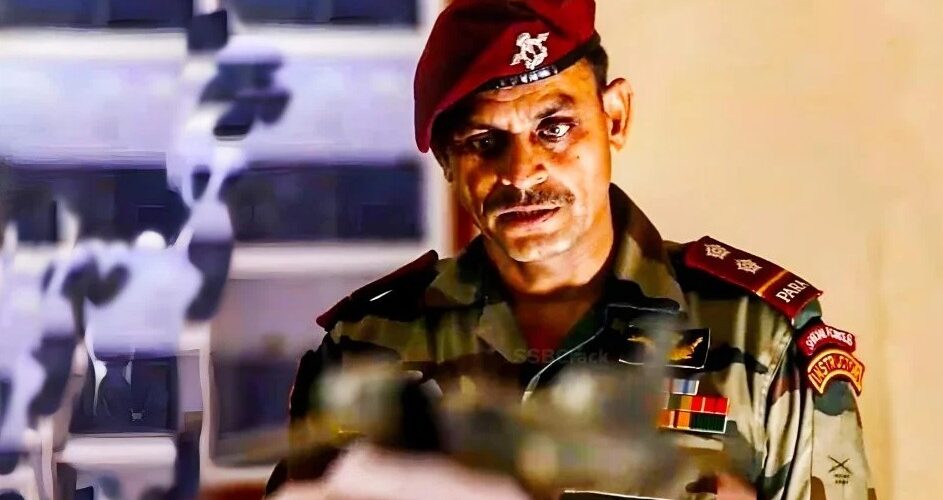
An erudite veteran-scholar writes: “What makes a soldier do what he does? He is an ordinary individual, like any other man on the street, who has been bestowed with a uniform that apparently gives him superpowers. No, it does not make him invincible, like Superman. It makes him a mental super being, who is willing to die for a cause that he is not even clear about. He is willing to die for the honour of a flag which will eventually and inevitably wrap his coffin. He is willing to die for a piece of land that he does not own. He is willing to die for his fellow-countrymen who may, or may not, shed a tear for him. And he is willing to die for his buddies in uniform.”
In the above context, it must be acknowledged that the Maroon Beret gives a terrific boost to the airborne fraternity for performing way beyond what is expected of them. They were feared in Sri Lanka by the LTTE while operating in the IPKF, as was stated by the then IG SFF, based on radio intercepts. They have also performed splendidly in counter-terrorist operations in J&K and the northeast. Unlike other troops, they also undergo a probation to earn the coveted maroon beret. Senior officers wearing maroon berets, denoting they have been part of the elite airborne fraternity, are looked at in awe by civilians as well as the uniformed. World over the airborne fraternity is allowed to don the Maroon Beret till they retire; global brotherhood of paratroopers. Ironically, in 2023, India barred Brigadiers and above of the airborne community to wear the Maroon Beret; not recognizing the adverse impact this would have on the paratroopers and Special Forces. It is time this ban is reversed, allowing the Maroon Beret to exude its full aura from the top.
The author is an Indian Army veteran. Views expressed are personal.


